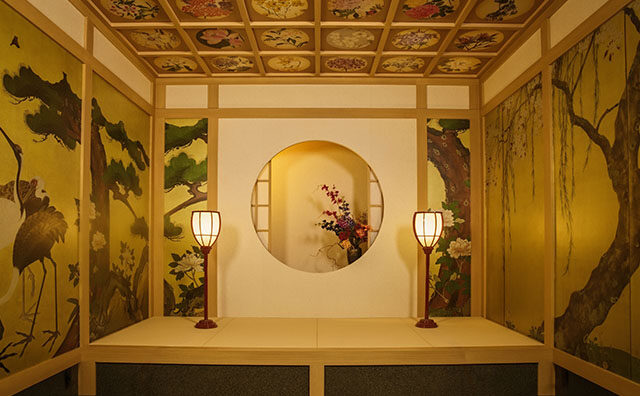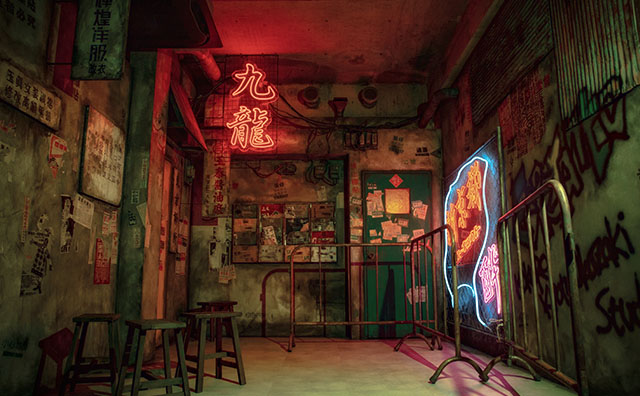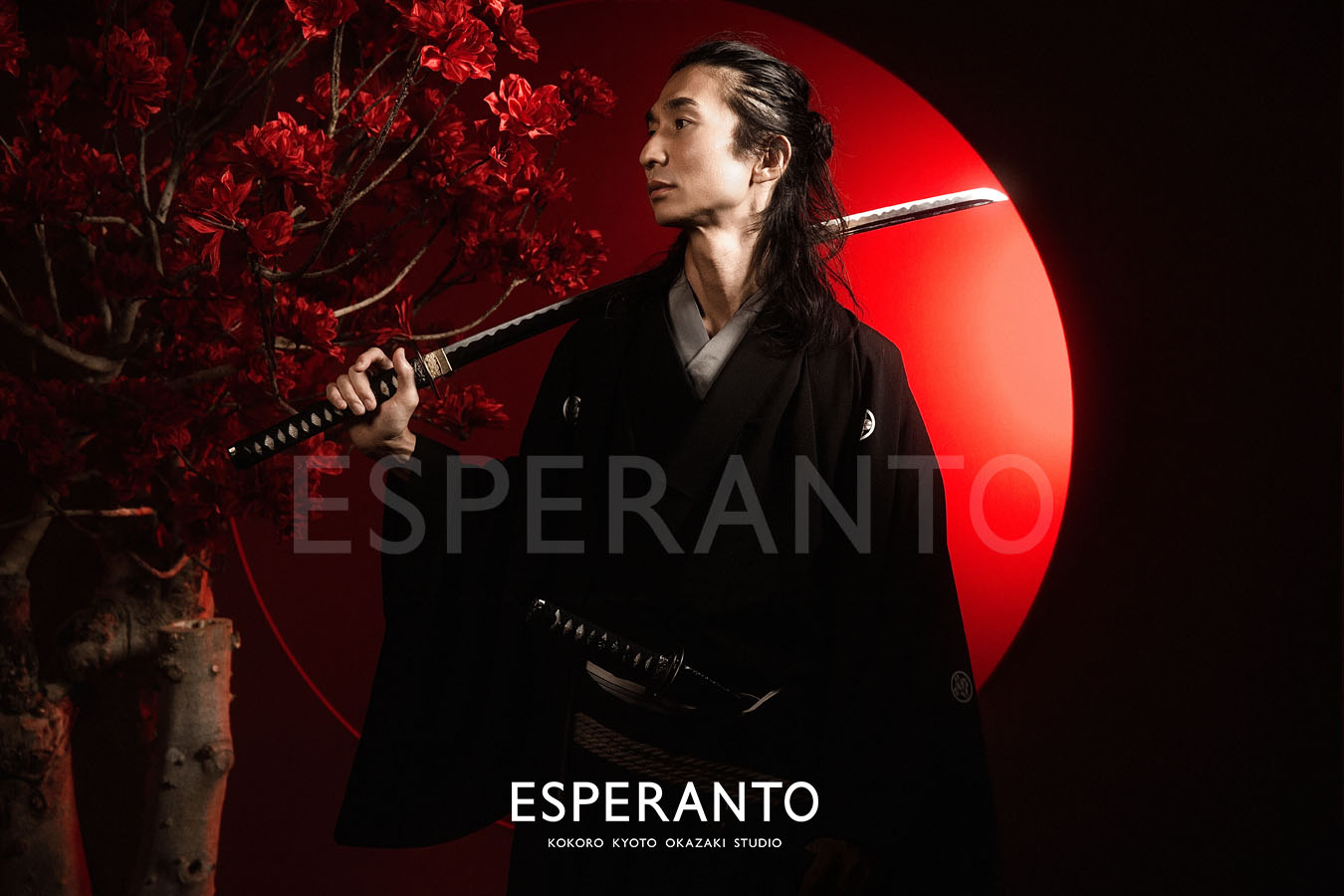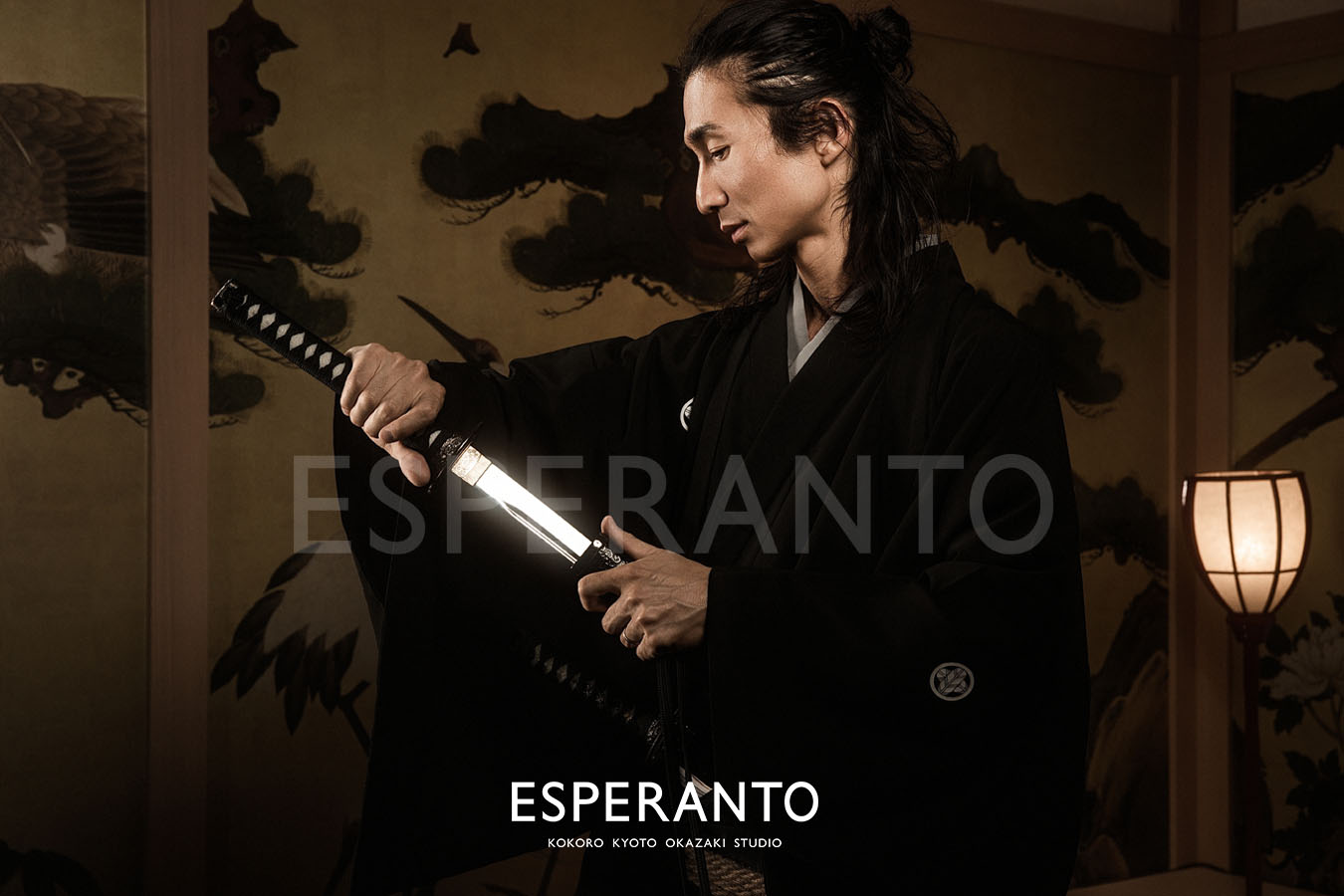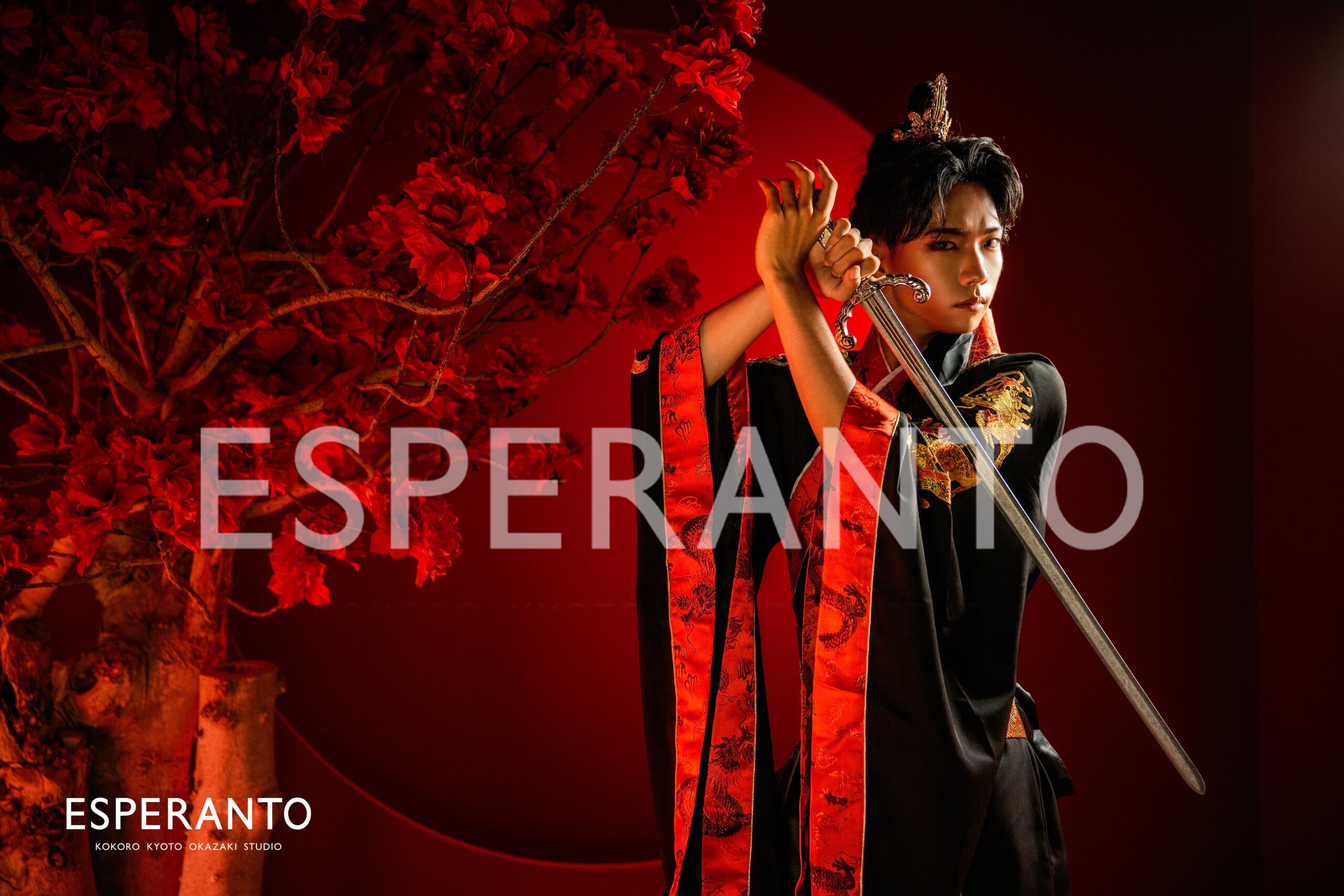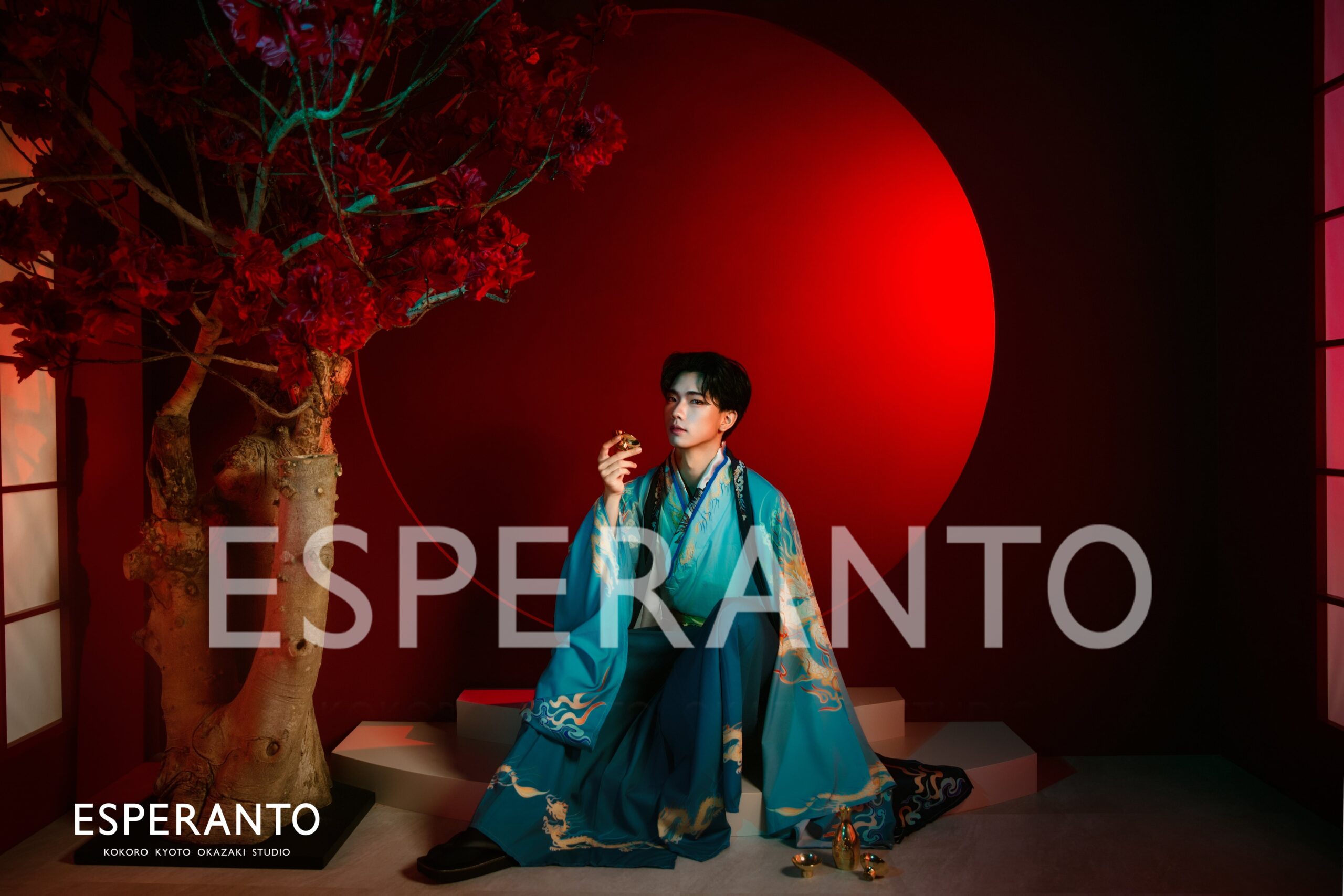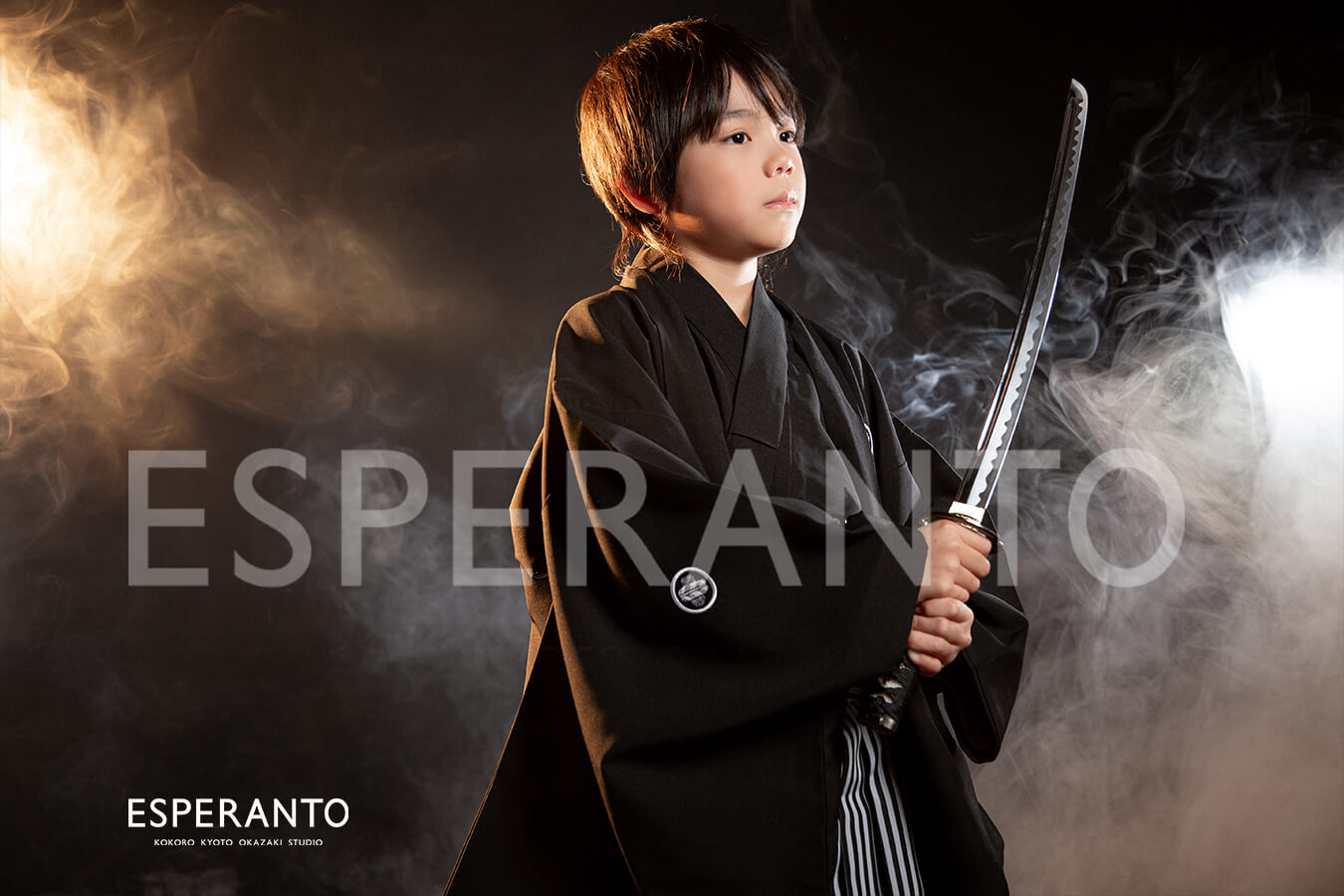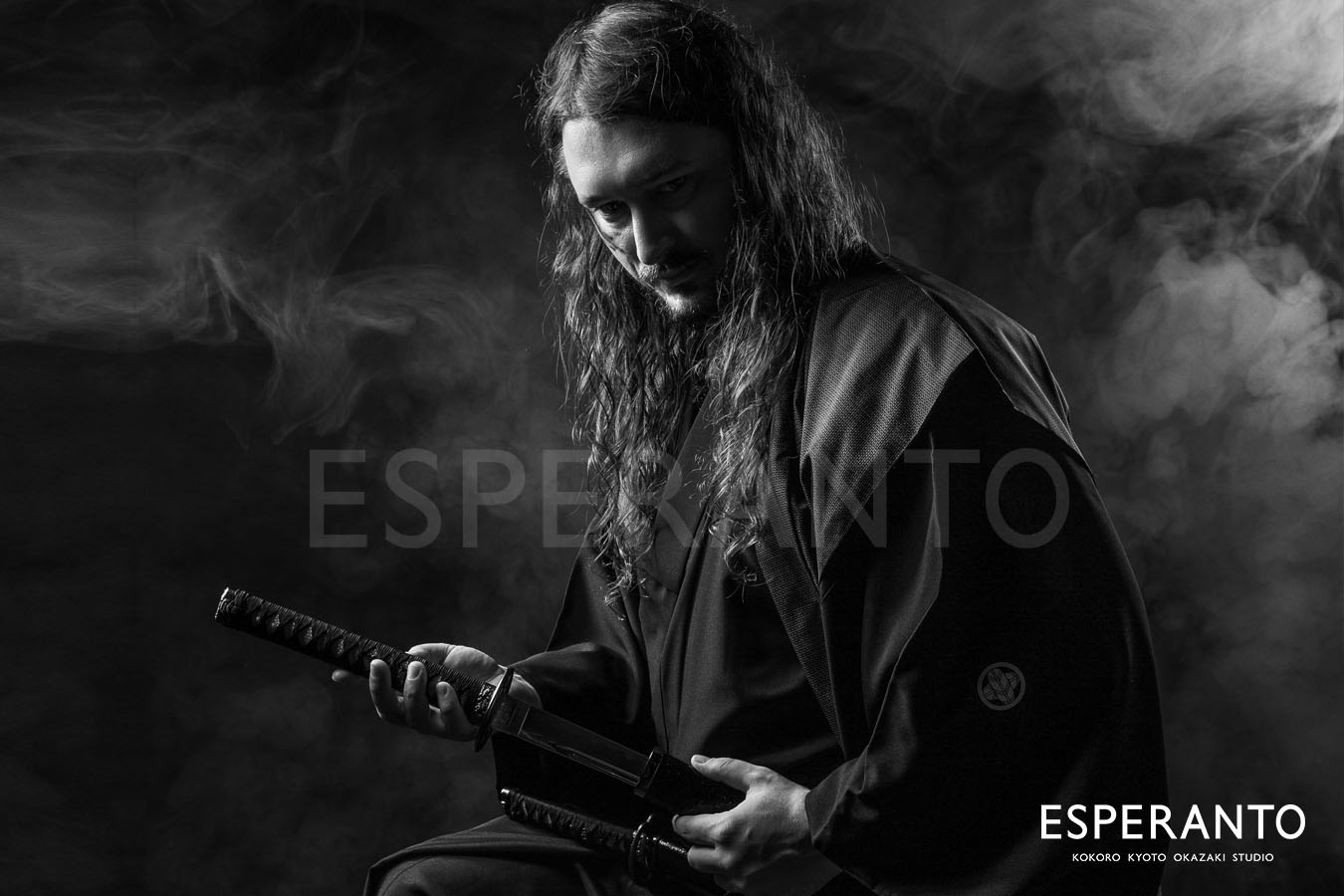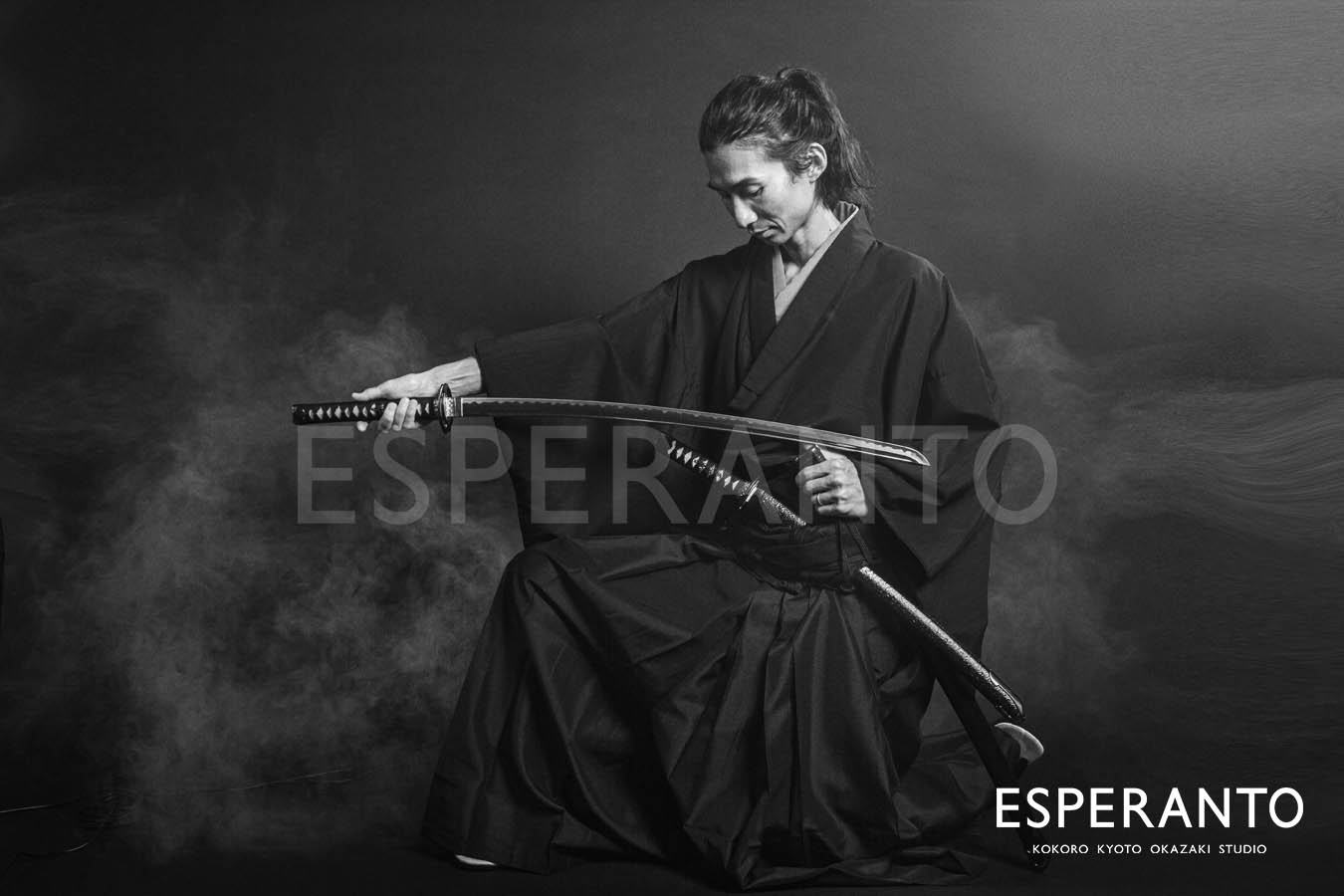#MeAsASamurai
The Gents' Portrait
Samurai photo experience | Esperanto Kyoto
For Men Only
Gents' Portrait plans
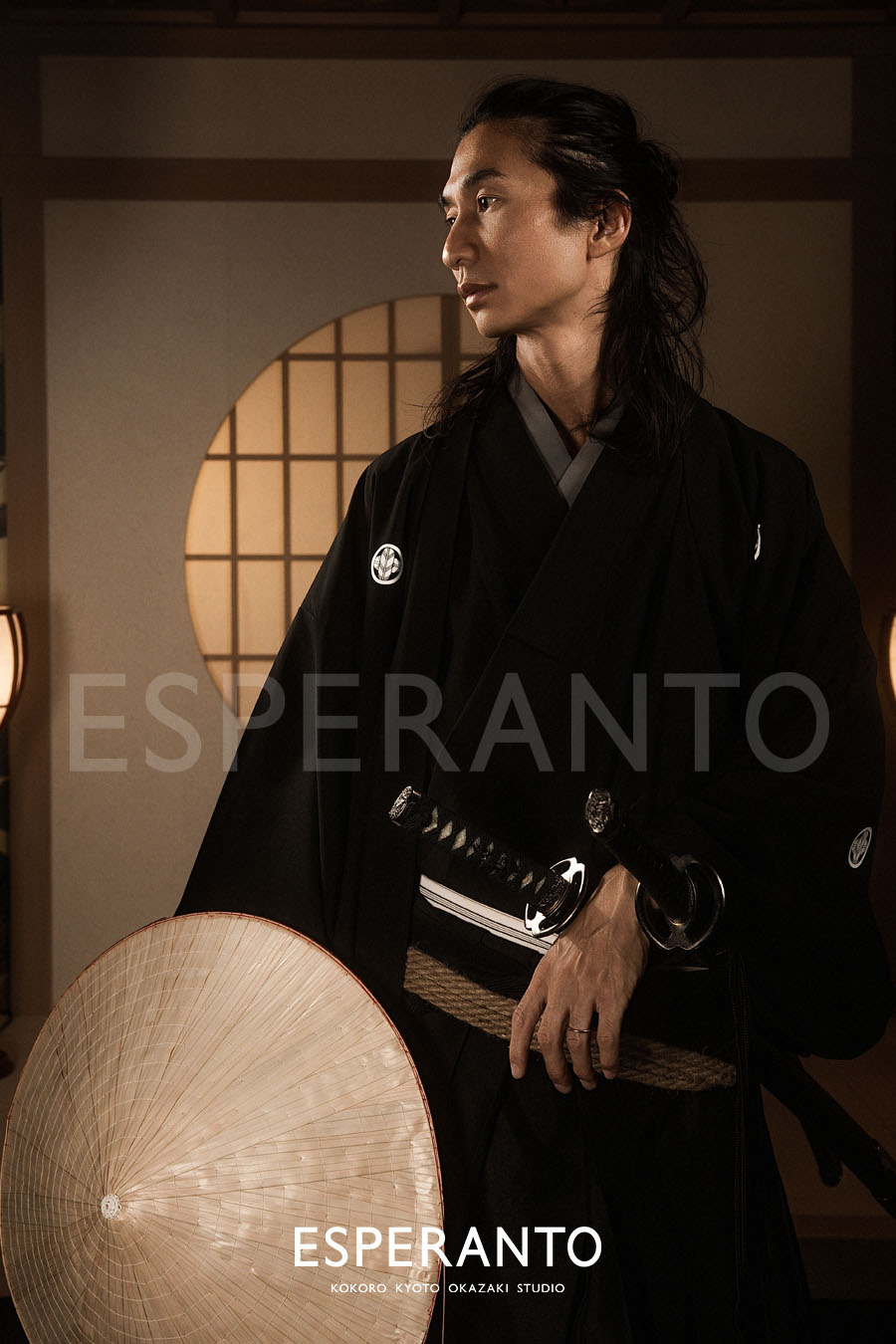
-
Samurai Plan
-
¥
16,500-
(Tax included: ¥18,150)
-
- Style (Costume): 1 look
- Studio Set: Using a smoke machine with background paper and ink painting in the background or 1 set
- Photographer Shoot: Approximately 30 shots
- Delivery: 3 retouched high-resolution JPEG images
- Duration: About 1.5 hours
- *Hair styling and makeup are not included in this plan.
- *This plan is not eligible for any discounts or coupons.
-
Samurai Couple Photo
-
¥
+16,500-
(+Tax included: ¥18,150)
-
[This is an add-on for the Samurai Plan.]
- If your female companion is booking a plan, you may switch both solo sessions (approx. 10–15 photos each) to a shared couple session with 10–15 photos taken together.
- The couple photos will be taken in the set used for the female guest’s plan.
- If the female guest selects multiple styles, the couple photos can be taken with only one of those styles.
- This option is treated as a couple plan, so discounts or coupons apply to only one plan.
- If you would like to purchase all photo data, a single purchase will include data for both participants (only for the plan that includes the couple shoot).
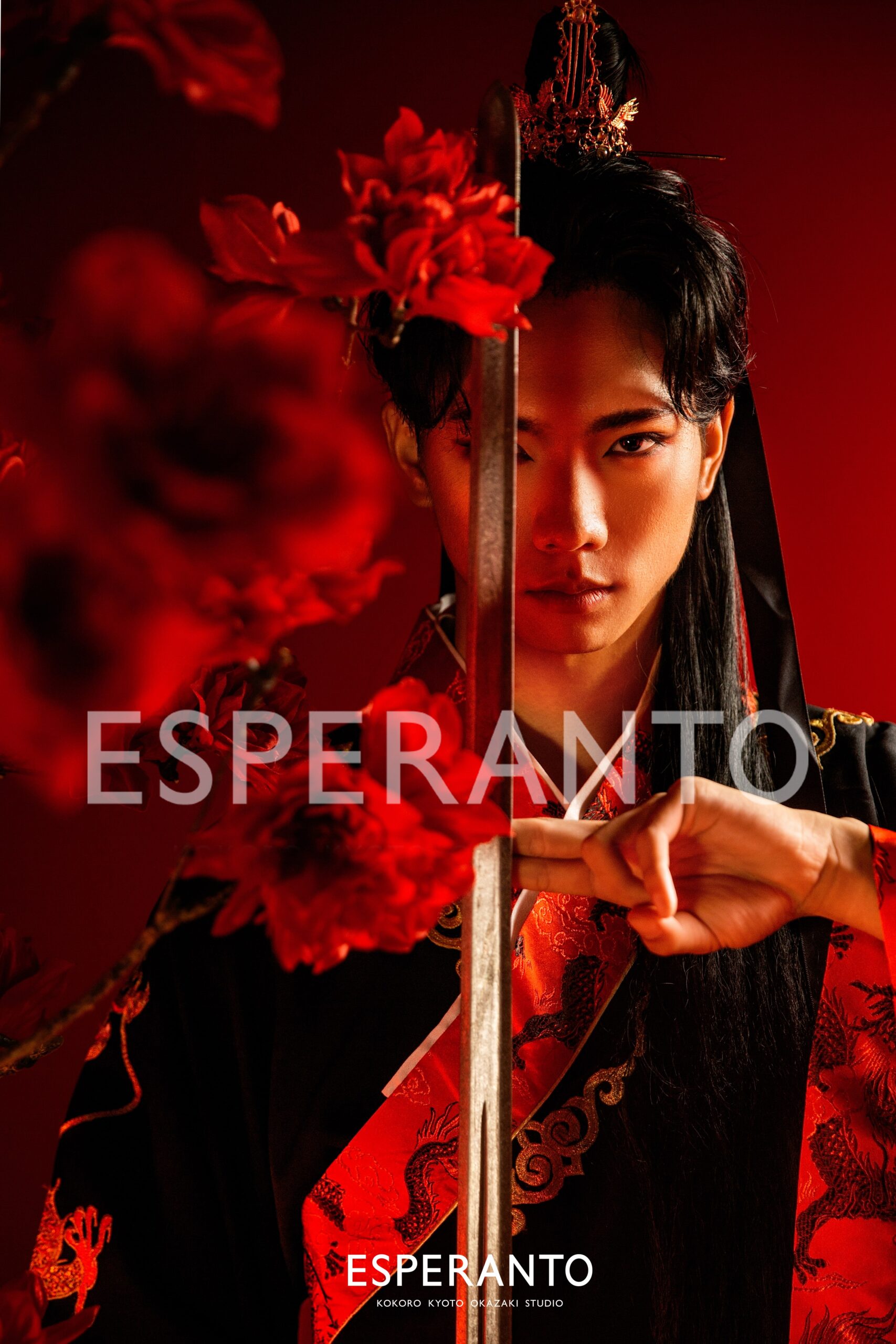
-
The Dragon Emperor Plan
-
¥
18,500-
(Tax included: ¥20,350)
-
- Style (Hair & Makeup, Costume): 1 look
- Studio Set: 1 set
- Photographer Shoot: Approximately 30 shots
- Delivery: 3 retouched high-resolution JPEG images
- Duration: About 2.5 hours
-
The Dragon Emperor Couple Photo
-
¥
+18,500-
(+Tax included: ¥+20,350)
-
[This is an add-on for The Dragon Emperor Plan.]
- If your female companion is also booking a photo plan that uses the same studio set, you may switch both solo photo sessions (approx. 10–15 photos each) to a couple photo session with 10–15 photos taken together.
- If the female guest selects multiple styles, the couple photos can be taken with only one of those styles.
- This option is treated as a couple plan, so discounts or coupons apply to only one plan.
- If you would like to purchase all photo data, a single purchase will include data for both participants (only for the plan that includes the couple shoot).
Studio Set
Optional add-ons – for an additional cost
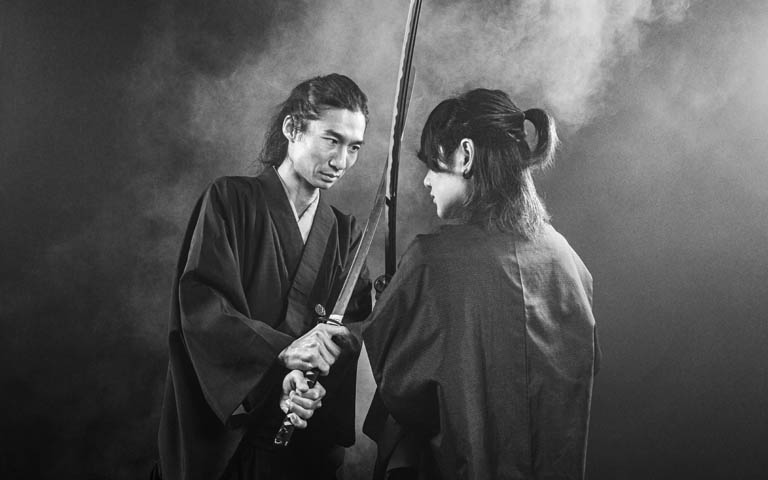
Group photos that are not optional
If more than one person experiences the Samurai Plan together, it is possible to reduce each person's solo shooting by 10 cuts and change to a group shooting of 10 cuts.

Blood makeup 1,650 yen *Samurai plan only
The makeup looks like it has blood on it and creates an atmosphere like you are in battle. *Reservation required.
Smoke Machine Use
¥3,500 (Tax included: ¥3,850) — Reservation required
→ Smoke effects can be used for one style. Additional fees apply if you wish to use smoke for multiple styles.
*Available for Velvet Cocoa and Neon Ruins, Backdrop only
Flower Wall Shooting
¥2,500 (Tax included: ¥2,750) Reservation required
→ Enjoy an exclusive photo session with a full flower wall background. Includes about 10 shots and 1 additional digital photo.
Backdrop Shooting
¥6,000 (Tax included: ¥6,600) Reservation required
→ Additional photoshoot with a solid color backdrop. Includes about 20 shots and 2 additional digital photos.
*Color variations change periodically. Please inquire for current options when booking.
Group Shooting
¥3,500 (Tax included: ¥3,850) per additional person Reservation required
→ Add group photos using the same shooting set.
*Up to 4 people maximum, available for up to 2 sessions.
*Available only for people photographed in the same set.
*Limited space, so please understand.
Additional Retouched JPEG images
・1 extra JPEG image: ¥1,500 (Tax included: ¥1,650)
・4 extra JPEG images: ¥5,000 (Tax included: ¥5,500)
All JPEG Images from the Session
¥10,000 (Tax included: ¥11,000)
→ Receive all JPEG photos from one plan on the day of your shoot.
*These photos are not retouched.
Cabinet Size Print (Approx. 4 x 6 inches)
¥1,000 (Tax included: ¥1,100) per print
→ Prints made from your selected retouched photos.
*Please allow waiting time on the day.
Photo Insert Album
¥1,000 (Tax included: ¥1,100) per album
→ Your printed photos are set in a Photo Insert Album.
*Available for orders of 3 photos or more per plan.
*If you use multiple plans, one album purchase is required per plan.
*Depending on the number of photos, albums may be divided, but the price remains the same.
Please Read Before Booking
Important Information
- Retouched JPEG images will be sent via email or LINE within one month after your shoot.
- For customers with hair longer than chest length, an additional long hair fee of ¥3,000 (tax included ¥3,300) will be charged for natural hair styling.
- You may bring up to 3 personal items such as costumes or props.
- If your group chooses the same studio set, group photos (2 shots) are available for up to 4 people. Due to space limitations, groups of 5 or more will be split into multiple shoots.
- Costumes are generally one-of-a-kind, so the same outfit cannot be worn by multiple people during group shoots. We appreciate your understanding.
[Cancellation Policy]
We kindly ask for your understanding as the following cancellation fees apply to help us prepare and secure costumes:
- Cancellation the day before the appointment: 50% of the booked plan fee
- Cancellation on the day or no-show: 100% of the booked plan fee
If you wish to reschedule, please contact us as early as possible. We will do our best to accommodate your request.
Look Book
Tap the image to enlarge, then swipe left or right to view other photos.
*Please note that due to recent updates to our photo sets, backgrounds in the displayed photos may differ from the current ones. Costumes and props may also have changed and might not be available.
Samurai photo experience
"Samurai" had an unwritten code of conduct called "Bushido", and Bushido was a moral code of the samurai class that was perfected supported by Confucianism, Buddhism, and Shinto thought. It values justice, courage, benevolence, compassion, courtesy, sincerity, honor, loyalty and self-respect.
Through samurai photography, you can get in touch with the good old Japanese culture. Why don't you become a cool samurai like a character in a Kurosawa movie as a memory of your trip to Japan?
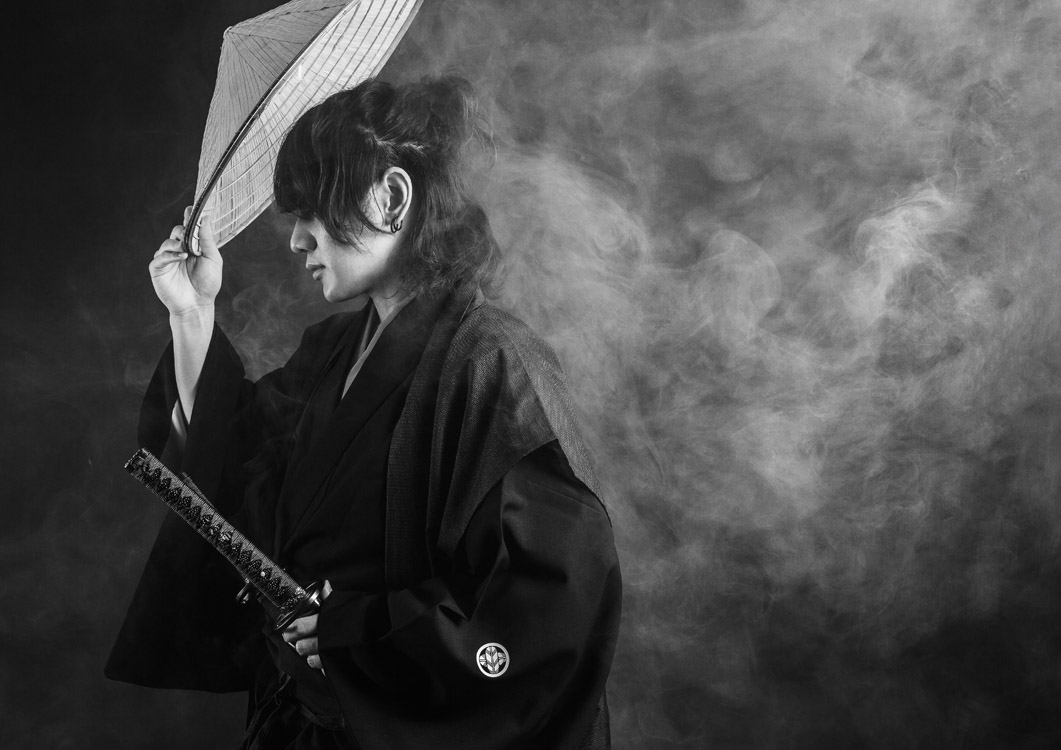
Coordination
You can look like a real samurai with an authentic kimono and an imitation sword. Let's coordinate freely like the people in those days and become the samurai figure you imagine. You can also choose your favorite sword. This item can be arranged in a ronin style by using accessories.
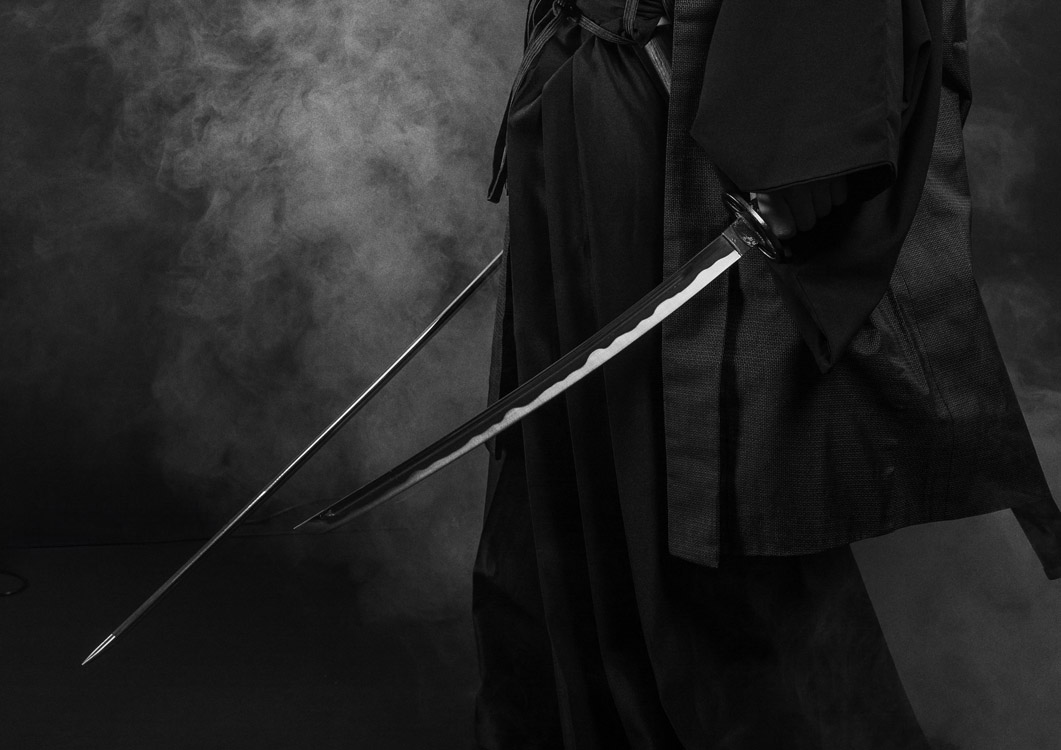
Photography
We can make you look closer to your ideal samurai figure with authentic photography that is unique to a photography studio. We produce a strong Samurai with posing based on a school of swordplay and dynamic posing using a sword. In addition to normal color photography, you can also take black and white photos in the style of Kurosawa movies.
Kenjutsu
You can do posing that imitates the characteristic style of kenjutsu schools. Which one do you choose?
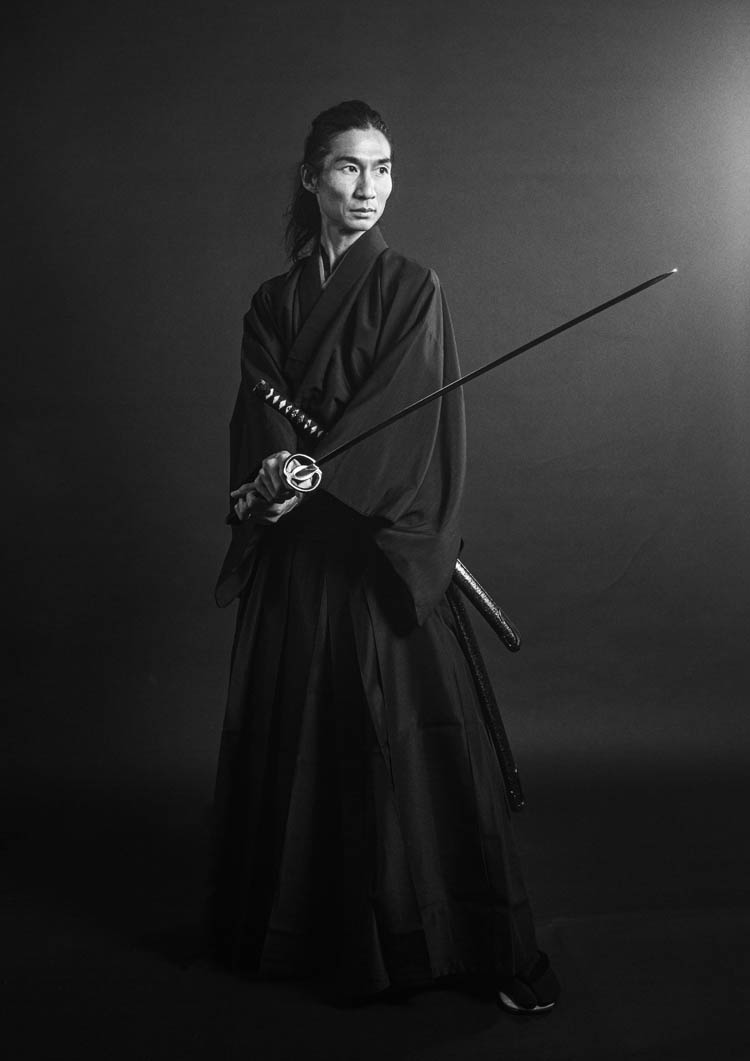
One sword becomes ten thousand swords, and ten thousand swords become one sword.
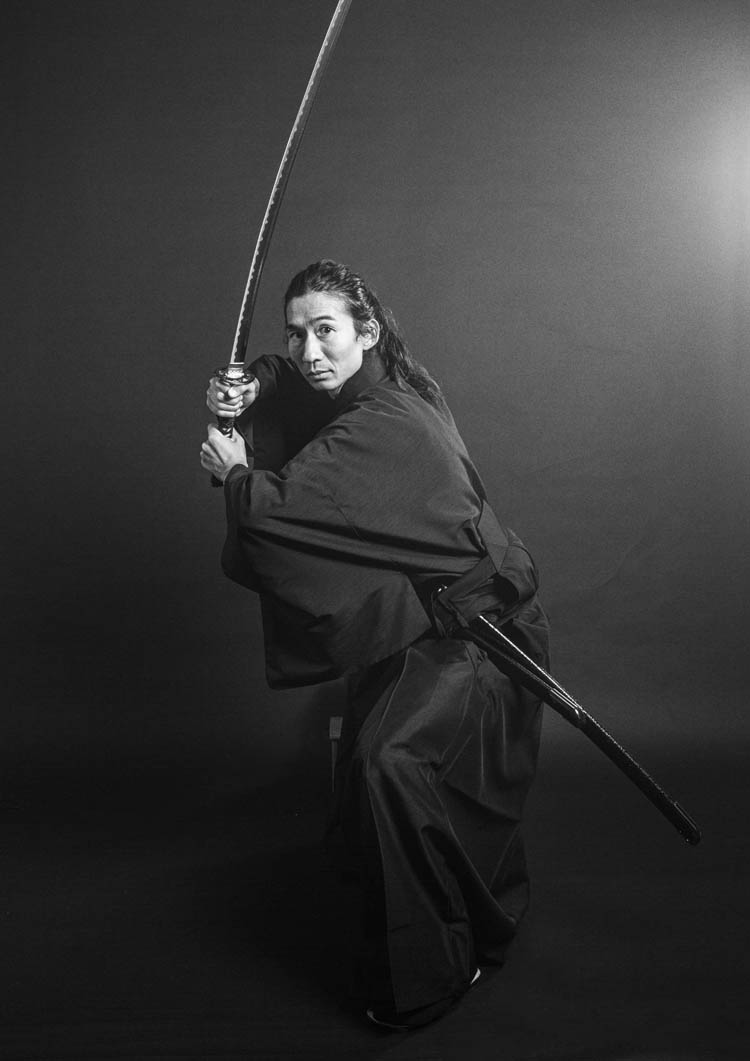
No matter how fierce a samurai's heart may be, he may fail if he doesn't know something.
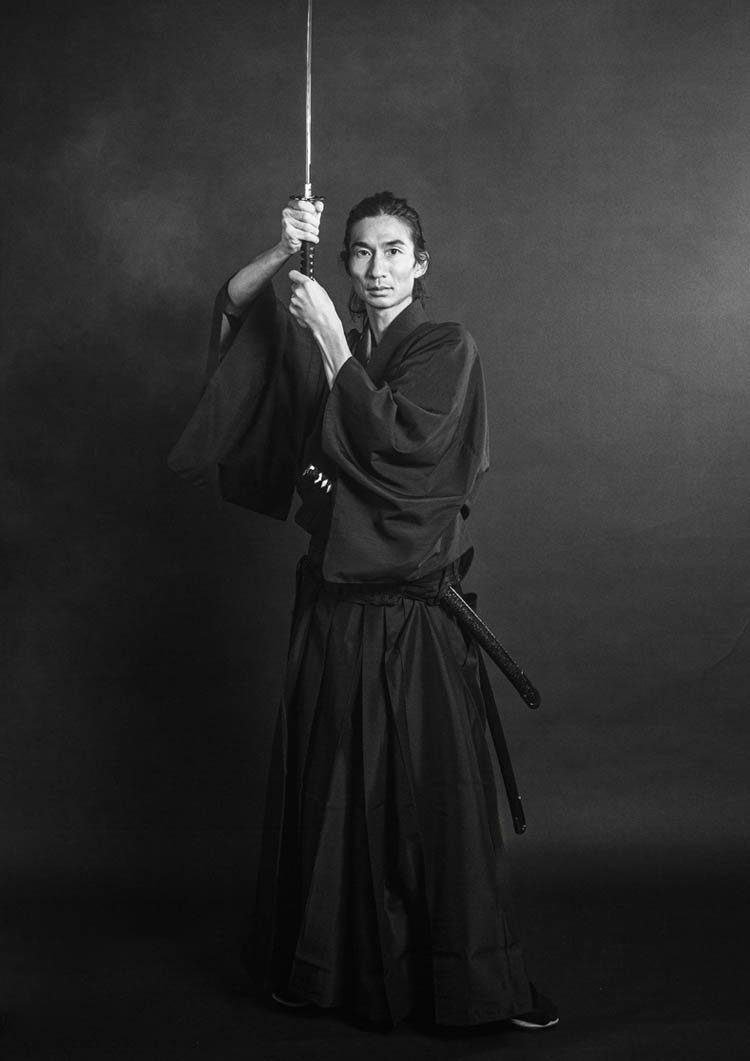
Don't doubt the first sword, don't need the second, strike the sword as fast as you can.
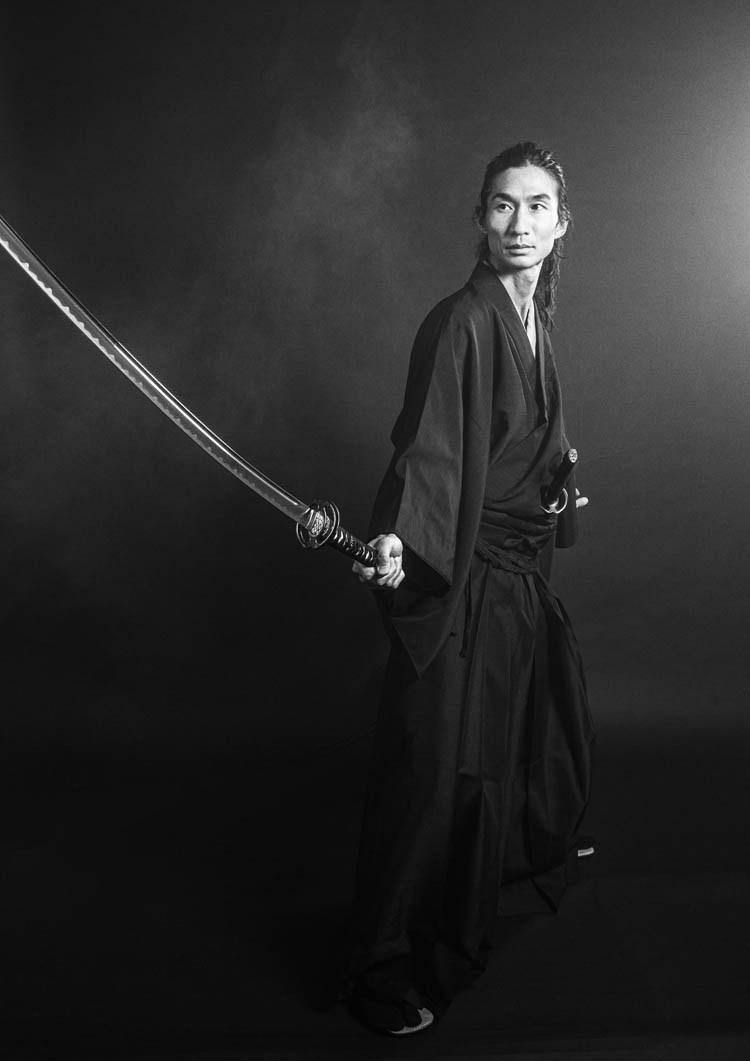
The sword follows the hand, the hand follows the heart, the heart follows the law, and the law follows God. In years gone by, the hand forgets the heart, the heart forgets the law, and the law forgets God. Change is inevitable.
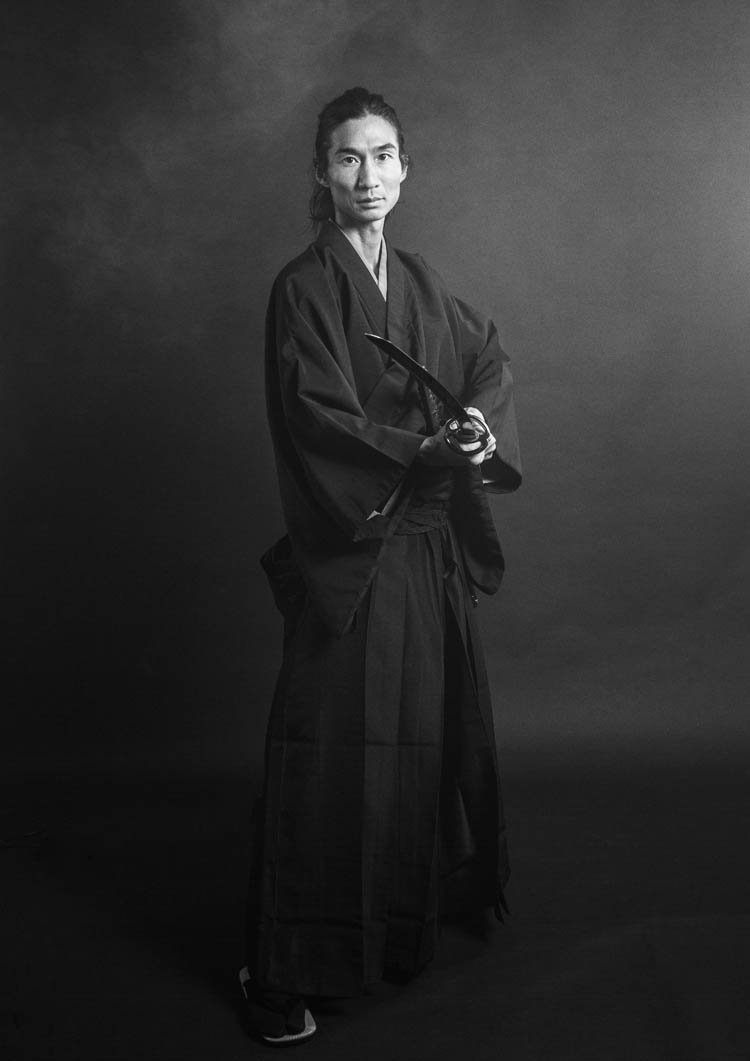
Without disobeying nature, the sword is mastered in the form of the sky and the ground.
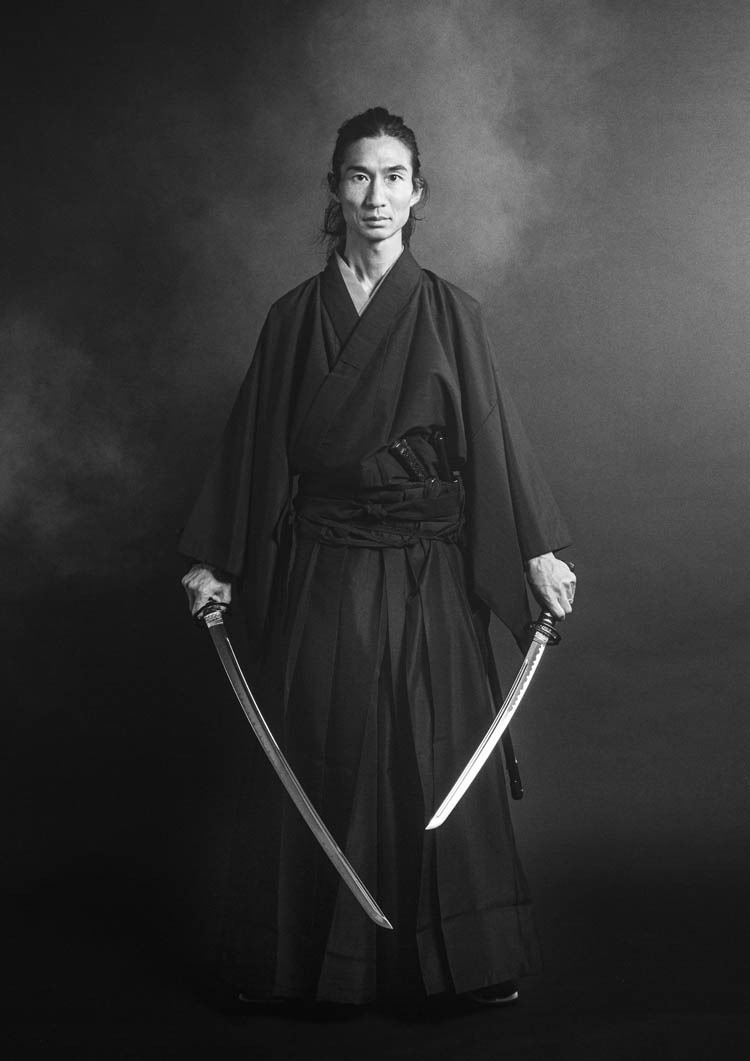
When I see the sky and the earth in the garden, I live outside it.
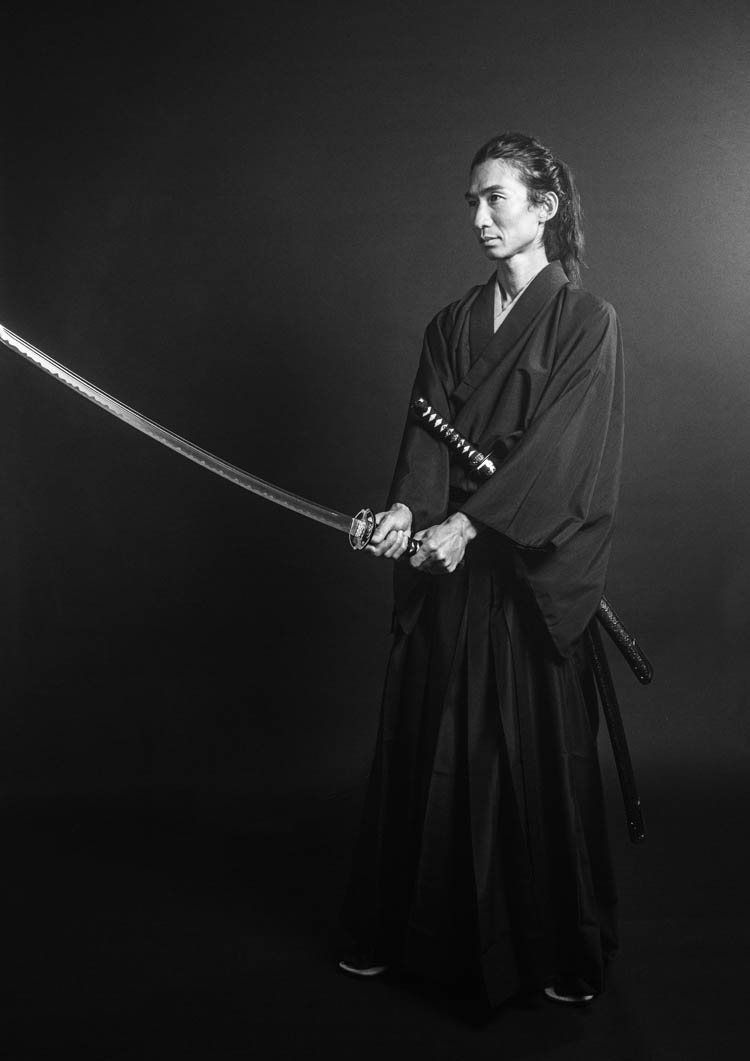
If you fail in life, you may shed all your desires and start again. The starting point is different, but the end result is the same.
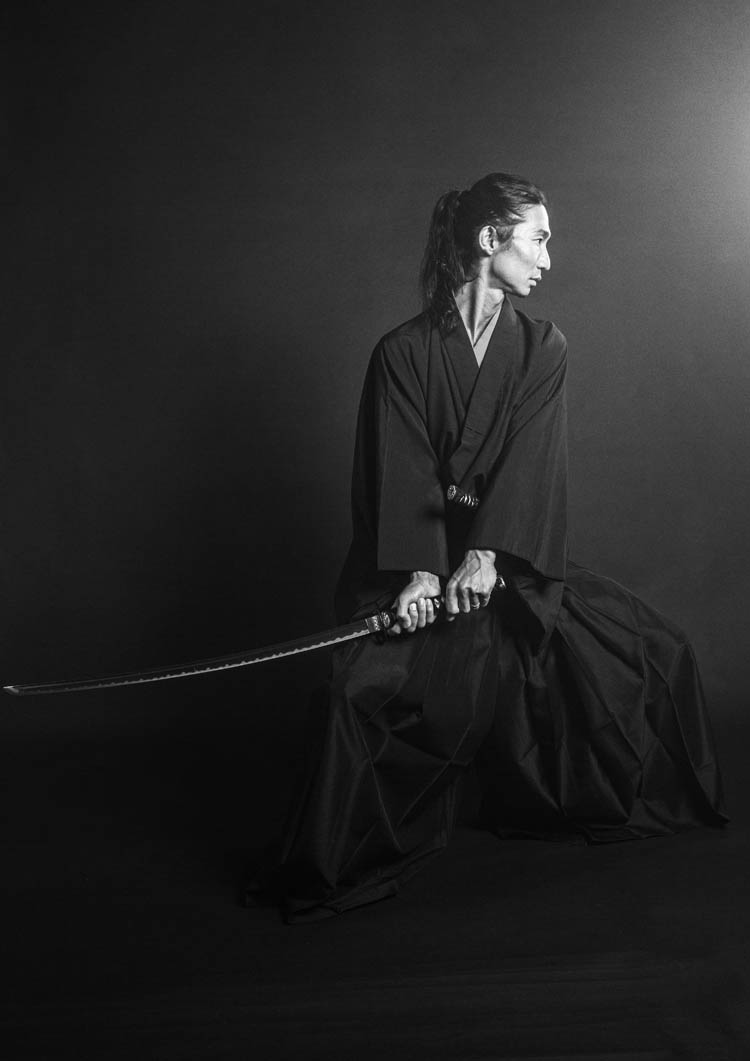
It is as if he saw the wind and used a sail, and saw the rabbit and sent a hawk.
About Samurai
Samurai is a general term for the Bushi. In the past, a senior Bushi who escorted a nobleman.
They were responsible for clerical and miscellaneous work, personal guardianship of senior nobles, security of the court, capture of bandits, and suppression of civil wars, and had the role of secretaries, butlers, and police officers in the modern sense of the word, serving senior nobles.
In the Heian period, it was used exclusively in the sense of serving at the side of a nobleman. From the Kamakura period, a clear definition of samurai began to emerge, and over time, such as during the Muromachi and Azuchi-Momoyama periods, a clearer status and distinction began to emerge. During the Edo period, the distinction between Bushi and townspeople or farmers was further clarified, and the boundary between the definitions of “Samurai” and “Bushi” became blurred.
“Samurai” is a relatively new word form that appeared in the 16th century. The word “Samurai” was first identified in English in 1727.
Samurai are guided by the unwritten code of bushido (bushido is a code of conduct that is not in written form). ushido developed in the Kamakura period (late 12th century). During the Edo period (17th century to mid-19th century), it was a moral code of the warrior class, backed by Confucian, Buddhist, and Shinto ideas. They value justice, courage, humanity, compassion, courtesy, integrity, honor, loyalty, and self-discipline.
From an early age, warriors are taught to be loyal to their lord, to worship their ancestors, and to be filial to their parents. By training courage, which is an important element of Bushido,
Cultivate a spirit of perseverance that does not complain about any matter.
Accept inevitable destiny calmly.
When faced with danger or calamity, deal with it calmly.
They were taught to make the wise decision to live when they should live and to die when they should die.
During the 260 years of the Edo period (1603-1867), bushido was gradually refined into the spirit of bushido, and even among the common people, there were those who were influenced by the samurai way of life. Kindness and compassion for the weak and defeated were especially admired as virtues of the samurai, and the samurai became a beautiful ideal for the entire nation. The samurai set a moral example with their own bodies, and bushido, the code of conduct for the samurai class, was accepted by the common people and eventually became the code of conduct for the Japanese people as a whole.




